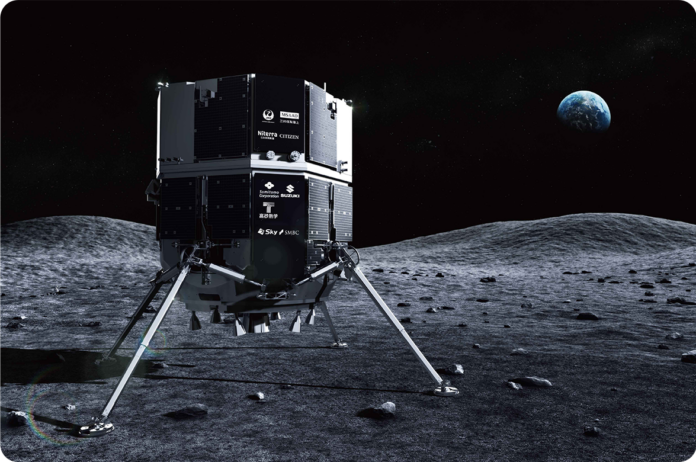Usuarios del Club TRPlane
La compañía espacial japonesa ispace ha invertido más de 40 millones de dólares en su nueva filial estadounidense, buscando aprovechar la creciente inversión de la NASA y el Pentágono en tecnologías para la luna.
El nivel de inversión es una señal del «fuerte compromiso de ispace con el mercado estadounidense», dijo el director ejecutivo Takeshi Hakamada en un comunicado.
“Esperamos que esta cifra siga creciendo como parte de nuestro compromiso estratégico de contribuir a las misiones gubernamentales y la creación de un ecosistema cislunar desde Estados Unidos”, añadió.
La filial estadounidense, llamada ispace technologies US, emplea a más de ochenta personas de Denver, Colorado. Ronald J. Garan, ex astronauta de la NASA y vicepresidente senior de World View, fue nombrado director ejecutivo de la empresa estadounidense en junio.
ispace también presentó un nuevo módulo de aterrizaje, llamado Apex 1.0, que volará en lugar de una iteración anterior, la Serie 2. Apex 1.0 está diseñado para vuelos de trayectoria corta a la luna y será capaz de transportar hasta 300 kilogramos a la superficie lunar. Se trata de un aumento de 10 veces en la capacidad en comparación con el primer módulo de aterrizaje de ispace, la Serie 1.
Apex 1.0 se lanzará en la tercera misión de ispace, que se llevará a cabo en asociación con el Laboratorio Draper para entregar cargas útiles al otro lado de la luna para la NASA. Draper e ispace, junto con General Atomics Electromagnetic Systems y Systima Technologies, una división de Karman Space & Defense, obtuvieron el contrato de 73 millones de dólares el verano pasado. La fecha de la misión se retrasó de 2025 a 2026 en parte debido a la transición del diseño del módulo de aterrizaje Serie 2 al Apex 1.0, dijo ispace.
Team Draper, como se llama el consorcio, es uno de varios que han ganado contratos bajo el programa Commercial Lunar Payload Services (CLPS) de la NASA. Firefly Aerospace, Intuitive Machines y Astrobotic también ganaron premios en el marco de ese programa y compiten por ser los primeros en aterrizar un módulo de aterrizaje comercial en la luna.
«El calendario actualizado permite al equipo Draper e ispace de EE.UU. incluir cargas útiles sensibles aprovechando las capacidades mejoradas de Apex 1.0 para la Misión 3, que tiene como objetivo un lugar de aterrizaje técnicamente retador en el lado oculto de la Luna», explicó la compañía en un comunicado. .
El nuevo módulo de aterrizaje tendrá más de diez veces la capacidad del primer módulo de aterrizaje de ispace, la Serie 1, que sufrió un impacto devastador en la superficie lunar en abril.

